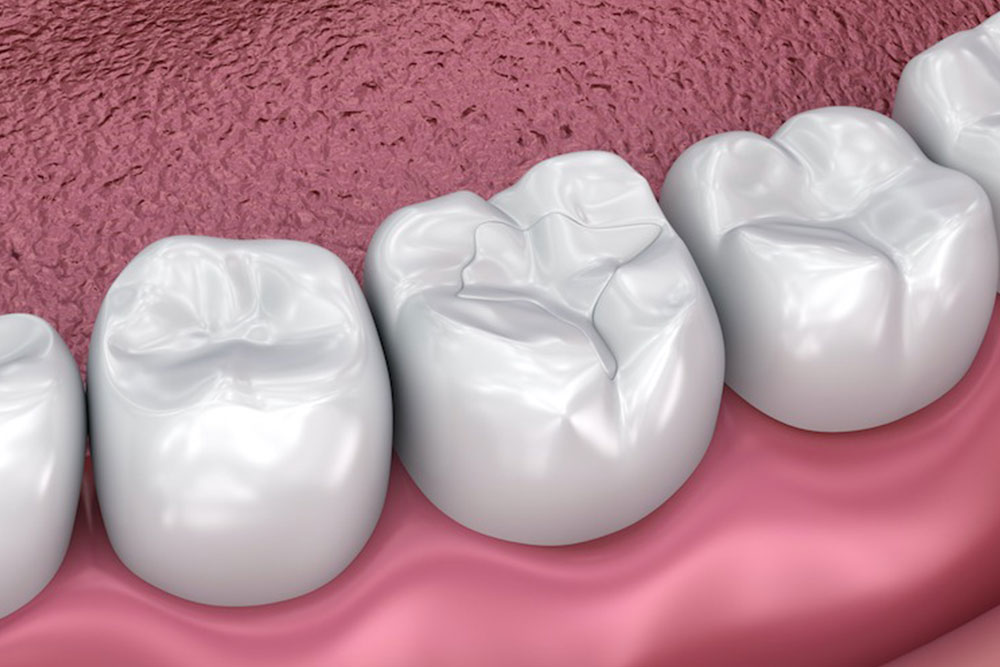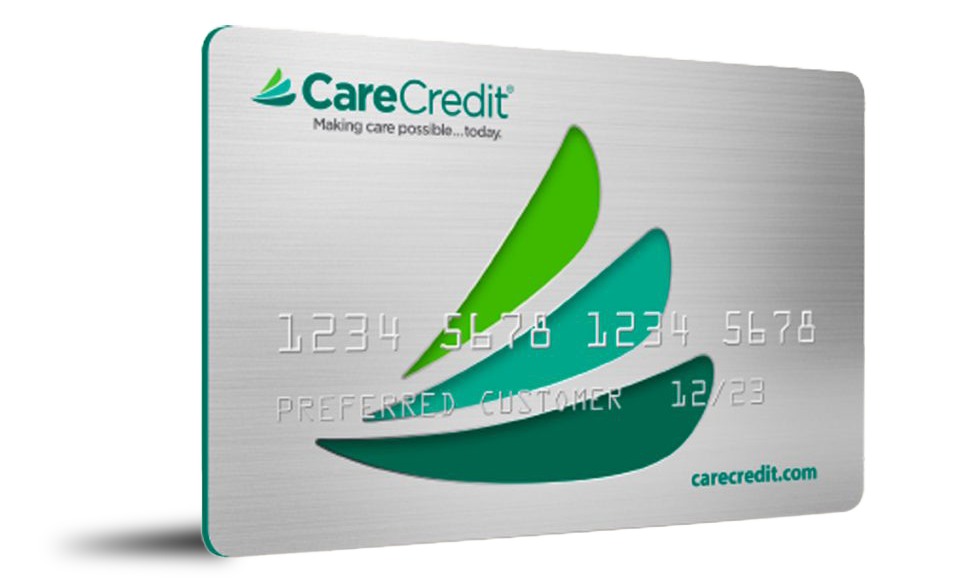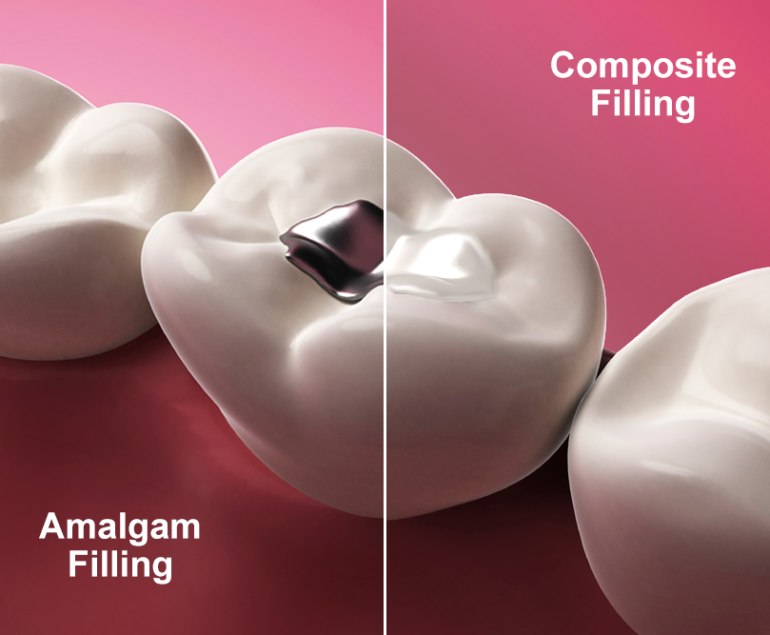What are dental sealants?
Dental sealants are a thin coating that is painted on teeth to protect them from cavities. Dental sealants are safe and effective, and they’ve been safe and effective for over 40 years.
The CDC report states that dental sealants prevent 80 percent of cavities for two years after application. They also continue to protect against 50 percent of cavities for up to four years. The sealants can be retained in the mouth for up to nine years.
School-age children without sealants have almost three times more cavities than children with sealants. Sealants are the “most conservative” noninvasive treatment in dentistry.
Sealants need to be monitored and maintained during regular care visits to ensure they do not wear away. In addition to preventing cavities, sealants can ensure the teeth stay intact.
Once a tooth is drilled and filled, restored, or extracted, the natural structure is compromised. There is a lifetime cost associated with maintaining the restored tooth or implant.
Long-term benefits
Dental sealants can last a lifetime. More often than not, though, they do need to be replaced.
Baby or primary teeth can be sealed, but the child should be old enough to tolerate the painless procedure, which involves being able to hold their mouth open and not move for a few minutes. Usually, treating younger teeth is performed only on those with an increased risk of tooth decay.
Adults can benefit from dental sealants.
All people, no matter the age can benefit [from sealants], even adults. With age, our exposure to decay increases, and the protective quality and biochemistry of saliva changes with certain medications over time. That said, adults are also candidates for this treatment.
But if you already have a restoration or implant, then that tooth will not benefit from a sealant. Sealants have proven to be safe and effective. The benefits outweigh the risks.




